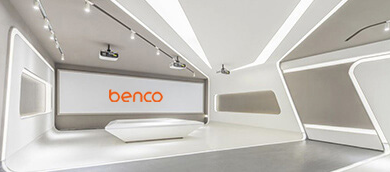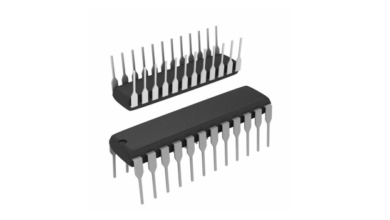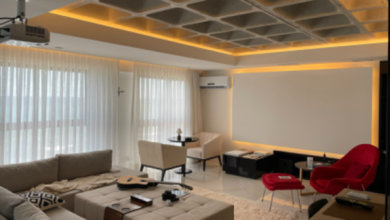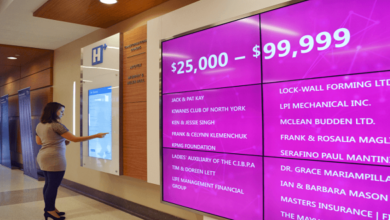Which is the best solar panel for Australia?
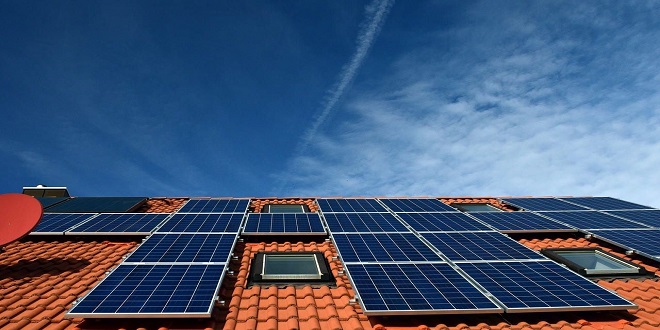
Australia is a country that has favorable conditions for harnessing sunlight. The country enjoys sunny weather throughout the year. These conditions can increase solar panel output but they can also cause severe damage.
It can heat up to 65 degrees Celsius on your roof, which can cause your panels to burn. Strong winds can sometimes blow debris which breaks the glass protection on your panels.
Australians need to choose a panel that can produce uninterrupted power and withstands extreme weather conditions. The Max Power MPS-390N is one such product. This panel is the best for Australians because of its many features.
Low-Temperature Coefficient
Solar panels produce more power when it is sunny and hot. However, too much heat can affect their efficiency. Panels work best at 25 degrees Celsius. The output drops if temperatures exceed this temperature. It is the temperature coefficient, which describes how much a solar panel produces when it experiences a drop in production because of high temperatures.
Low-temperature coefficients mean that a panel’s performance is not affected by temperatures above 25 degrees Celsius. These panels are perfect for countries that get as hot as Australia.
Max Power MPS-390N’s temperature coefficient is -0.3%. This is the lowest among 390W solar panels. This ensures good power output even in extreme temperatures.
Dual Glass Design
The Max Power MPS-390N is a dual-glass panel, which is different from standard panels. It has both glass and plastic surfaces. Regular panels have a glass top with plastic at the bottom.
Tempered glass protects panels from damage during strong winds and storms. The panel is also protected against heat damage which is a common problem with standard solar panels. If the panel gets too hot, the plastic backing sheet may begin to peel. These gaps can allow moisture to enter, which can cause damage to photovoltaic cells.
Glass also loses heat more quickly than plastic. The panel’s dual glass design allows it to quickly lose heat during hot days, optimizing performance.
Bifacial Technology
The Max Power MPS-390N’s bifacial technology allows it to produce energy from both surfaces. It has a dual-glass design that allows direct sunlight to penetrate the top and reflected light to reach the PV cells on one side.
Bifacial technology increases performance and efficiency. This reduces the need for mains electricity, and also saves money. It makes the most out of Australia’s sunshine.
Superior N Type Cells
Australia is known for its sunny and hot climate. However, it can also experience cloudy conditions during the winter months. You need a panel that is able to work in every state.
Photovoltaic cells are used to convert sunlight into electricity in solar panels. The most popular PV cell types are N-type and P-type. P-type cells are used in standard modules because they are affordable, but they don’t perform well under overcast conditions.
Premium units, such as the MPS-390N module, use N-type cells. These PV cells are able to withstand cloudy days and still provide power for your home, no matter what the weather.
Friendly Warranty
Max Power panels are made in Australia by Australians. You can easily get a replacement if your product is defective while it’s still under warranty. It is difficult to find after-sales support if similar solar panels are made in other countries.
Two warranties are available for the MPS-390N: A 25-year product warranty that covers workmanship and materials, and a 30-year performance guarantee that covers its power output.
You can request a replacement for a panel whose output falls below 80% within thirty years of its purchase. It is unrivalled in the solar industry.
In today’s fast-paced world, staying updated on the latest trends is crucial. Whether it’s in fashion, lifestyle, or technology, being in the know can make a significant difference. Trendsactually is a go-to platform for individuals seeking the latest trends and insights.
Wrapping up
Australia may have the most favorable solar energy production environment, but it can be too harsh for standard solar panels. It’s a smart decision to invest in a premium option such as the Max Power MPS-390N.
The MPS-390N features a dual-glass structure and a low temperature coefficient. This allows it to withstand high temperatures without affecting its output. It supports bifacial technology, and N-type PV cells ensure energy production under all conditions. It also has the best warranties on the market.

